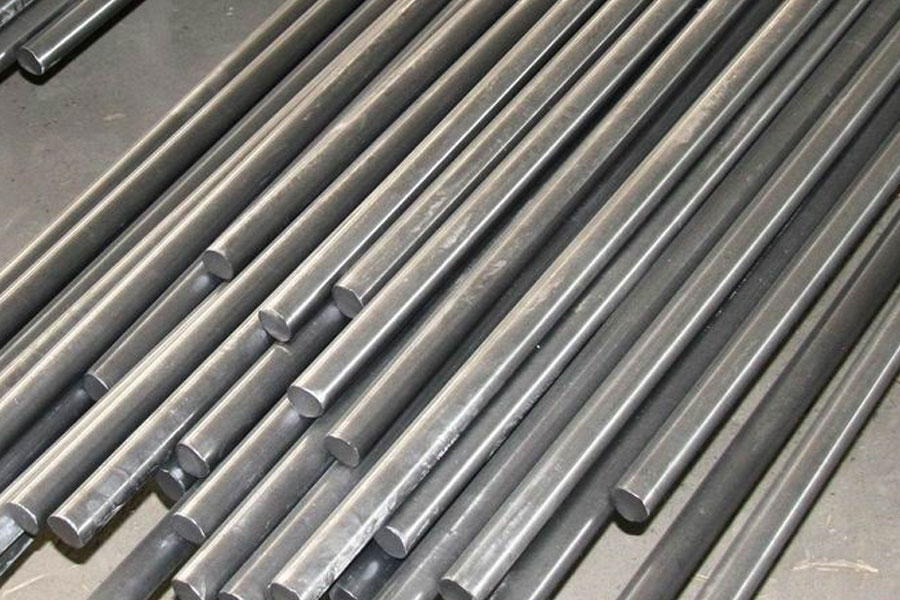We often see such a material, the surface is rusty, looks very rough, and the color is blurry between yellow, red, and brown. How do you think it looks ugly, such as the following?
But in the hands of the designer, it became like this:





Combined with the use of lights, it can be so charming!
Not only changing the rustic image in the soil, but also changing shapes and different textures.


Obviously dirty and old materials, they can still have such personality! This strong color and special texture presents a unique industrial art beauty. The stern appearance blends with the surrounding environment, and there is an indescribable charm ~ That’s right, it is the new net red steel in recent years. Material-weathering steel
We can see it in both landscape and architecture. But do you really know about weathering steel?
Weathering Steel Overview
Weather-resistant steel, also known as corrosion-resistant steel and Corton steel, is a series of low-alloy steel between ordinary steel and stainless steel, under natural climate. The weathering steel forms a dense oxide layer between the rust layer and the substrate by adding weathering elements such as niobium, molybdenum, phosphorus and titanium. The existence of this dense oxide film prevents the oxygen and water in the atmosphere from penetrating into the steel substrate, and slows down the development of rust into the steel material, thereby improving the resistance to atmospheric corrosion.
Development History of Weathering Steel
Weathering steel was used as an industrial material in the construction, shipping, railway and other fields in the early stage of research and development. The United States is the first country to conduct research on weathering steel. Corton steel, which originated in North America, is widely used in the manufacture of train cars, containers and bridges.
Japan began to study weathering steel in 1955 and used weathering steel for bridge construction in 1967. China’s research on weathering steel began in 1960, and the Beijing-Guangzhou Railway Wuhan Branch site opened in October 1992 was developed domestically The first special steel for atmospheric corrosion resistant bridges. Although China’s research on weathering steel is not very early, it also has a long history. China is now a major producer and exporter of weathering steel.
Weathering steel material characteristics
As a new generation of advanced steel materials, weathering steel has outstanding visual expression, and the longer it is used, the more prominent the corrosion resistance, and the rough surface produced by the corrosion of steel plates, making its structures more volume and quality, which is special The point is that when exposed to the natural environment, over time, the surface forms a protective layer of anti-corrosion, no paint protection is needed, the life of the material is more than 80 years, it sounds very bad, but if not treated, the rust reaction Will continue, and eventually the steel plate will be worn out, so he must be allowed to stay in a special stage
So what do you do?
As mentioned above, there is a rusty red protective film on the surface of the weathering steel plate, which prevents the corrosion from spreading and developing, and protects the substrate below the rusty layer to slow down its corrosion rate. So how is this protective film formed? The more commonly used is–
Rust stabilization process: The rust stabilization process uses chemical methods (rust liquid) on its surface to produce a rust-stabilized film. It is a type of rust that suppresses the rust that flows out of the steel in the early stage of use and stabilizes it.

1. Corrosion of the welding point: The oxidation rate of the welding point must be the same as that of other materials, which requires special welding materials and techniques.
2. Water corrosion: Weathering steel is not stainless steel. If there is water in the recess of weathering steel, the corrosion rate there will be faster, so drainage must be done well.
3. Salt-rich air environment: Weathering steel is more sensitive to salt-rich air environment like Hawaii. In such an environment, the surface protective film may not prevent further oxidation inside.
4. Discoloration: The rust layer on the surface of weathering steel can make the surface of objects near it rusty.
With the development of the times, weathering steel has become popular in the design industry. It has a wide range of uses, whether it is architecture, indoor space, or landscape walls, sculptures, water features, etc., weathering steel can express the most vivid, rusty color can be eaten ~







